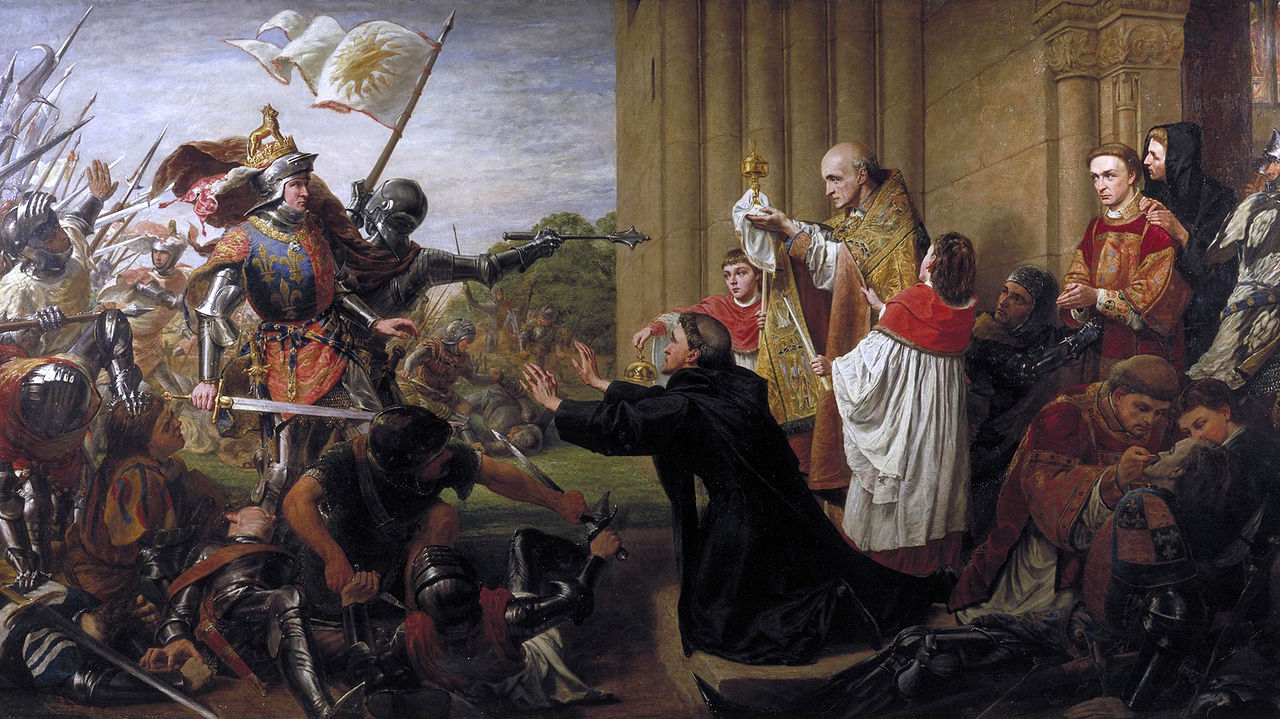
As a religious concept, “sanctuary” is connected to a sense of holiness and means to be “set apart.” The word sanctuary, when used in the context of political movements, has come to also mean places of physical safety, as in the current designation of Sanctuary Cities.
Yet, the roots for this idea come from the the Hebrew Bible bible which recounts the creation of “Cities of Refuge.” In the case of accidental death, the killer could flee to a City of Refuge. That person was then protected from vengeance by the family of the slain. Later, Greek and Roman societies both held the concept of refuge and places of sanctuary. By the fourth century the right to sanctuary was formalized among early Christians.
By the thirteenth century a person could hide in a church for 40 days and in some instances stay indefinitely. This was known as seeking “sanctuary” and it seems sanctuary was known then as synonymous with the word “refuge.” Charles the Second offered asylum to persecuted Calvinists from France in 1681. This may be the first instance of a state offering protection to people who were citizens of another state. Laws of sanctuary remained in place more or less until the twentieth Century when the state then began to claim full authority to enter Churches.
However, ideas of refuge did not disappear. Some American colonies defied the prohibition on church asylum and gave support to fugitives. There was popular support for protection outside ecclesiastical systems. One such popular and famous movement is the Underground Railroad, in which Churches played a prominent role. The Underground Railroad has been seen by scholars as “the forerunner of the labor, civil rights, antiwar, sanctuary and women’s movements.”
The more current Sanctuary movement first developed in the 1960s as an attempt to protect Americans who resisted the draft and opposed the Vietnam War. William Sloan Coffin talked about a “sanctuary for the conscientious.” Churches in several cities announced that they would be sanctuaries for draft resisters. Many resisters and those giving them sanctuary were arrested.
The Sanctuary movement in the United States is most known for the work done on behalf of refugees from Central America in the 1980s. This movement based itself on the precedents of European and church history and was influenced by Liberation Theology. Sanctuary widened from the idea of a church to sanctuary communities who confronted immigration policies and intolerance as manifested in immigration policies. These actions included legal help and provision of shelter in private homes and other settings. They provided shelter in churches and homes, and created a modern Underground Railroad for refugees.
As with many social and political trends, this one is deeply rooted in the spiritual traditions, and our society has much to learn from the moral convictions from which the notion of Sanctuary, or safety for all people grew.
Information for this article comes from:
- “Can Criminals Hide in Church?” by Daniel Engber
- “Understanding ‘Sanctuary’: Faith and Traditions of Asylum” by Phillip Marfleet

Pingback: I learned all about the sanctuary movement. It’s rad – Sanctuary Streets in Pioneer Valley